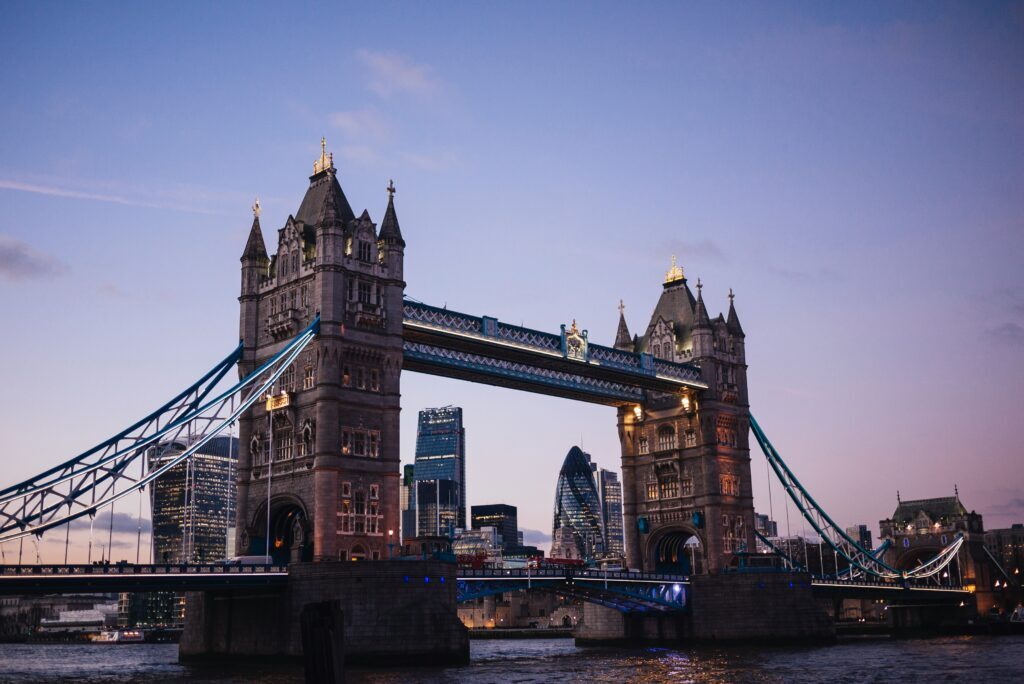Even the most joyful holiday tables can include a Grinch harping on about less-than-cheery discussions. Inflation has been the (economic) topic of the year – and so it might come up at a holiday gathering. This year, whether you want to be prepared to engage in a stimulating conversation or to counter an eye-roll-inducing remark on inflation, Recruitonomics has you covered.
The What and Where:
Inflation represents rising prices and eroding purchasing power. Inflation is not always dangerous – the Federal Reserve aims for an annual rate of 2% inflation. When it rises too fast – as it has for all of this year – then there’s a problem. Currently, the headline rate is up 7.1% from the year before, lower from earlier in 2022 but still far too high for the Fed’s goal.
Across many advanced economies, inflation has been the scourge of 2022. The Eurozone, United Kingdom, and Canada have all seen prices rise to uncomfortably high levels in this post-pandemic economy.
The How and Why:
No single event created the current period of inflation – several factors worked together to put upward pressure on prices. Inflation accelerates from one of three factors: supply, demand, or expectations.
Perhaps the largest reason was Russia’s invasion of Ukraine, which added unusually intense pressure on the supply of energy across the globe, raising prices.
Supply chain snarls from earlier in the decade pushed prices for items like cars and used cars to unseen highs.
In the U.S., widespread availability of COVID-19 vaccinations spurred a return to normalcy that invigorated the American consumer’s demand. This high demand for goods and services, paired with the supply issues discussed above, put high pressure on prices.
When expectations become unmoored, they have the ability to become a self-fulfilling prophecy. When consumers expect higher prices in the future, they will spend money more quickly, increasing the pace of inflation. So far, three-year inflation expectations have remained relatively stable around 3%.
Finally, the tight labor market may be feeding into inflation. A prevailing narrative in economics is that with high unemployment comes low inflation, and vice versa. This inverse relation is illustrated in the Phillips curve but the relationship recently has become unclear. Unemployment is historically low, yes, but it was in 2019 too – and there was no devastating bout of inflation then. There’s an ongoing conversation about the relation between unemployment and inflation today, which will go on long after this period of inflation is behind us.
All in all, the current inflationary period has several causes rooted in supply and demand pressures and it is not a uniquely American issue (though some of the causes are).
Extra One-liners & Responses:
They say: “[Political party, singular person, country] caused inflation!”
You can respond: “Inflation is complicated and many things can affect the ebb and flow of economic supply and demand. No person or political party caused this period of inflation.”
They say: “This bad inflation means we’re in a recession!”
You can respond: “The NBER defines recessions as “significant declines in economic activity spread across the economy and last several months.” Even though you’re feeling inflation in your monthly bills and at the checkout – it’s not affecting the labor market, which is actually very strong!”
They say: “Inflation will cause a recession!”
You can respond: “The Federal Reserve’s recent interest rate hikes are designed to slow spending, which will eventually slow the economy. Fed officials are actively attempting to softly steer the economy away from a recessionary scenario, but no one can say for sure if it will work.”
Happy holiday season! We are giving you the gift of knowledge this year – use it well!







